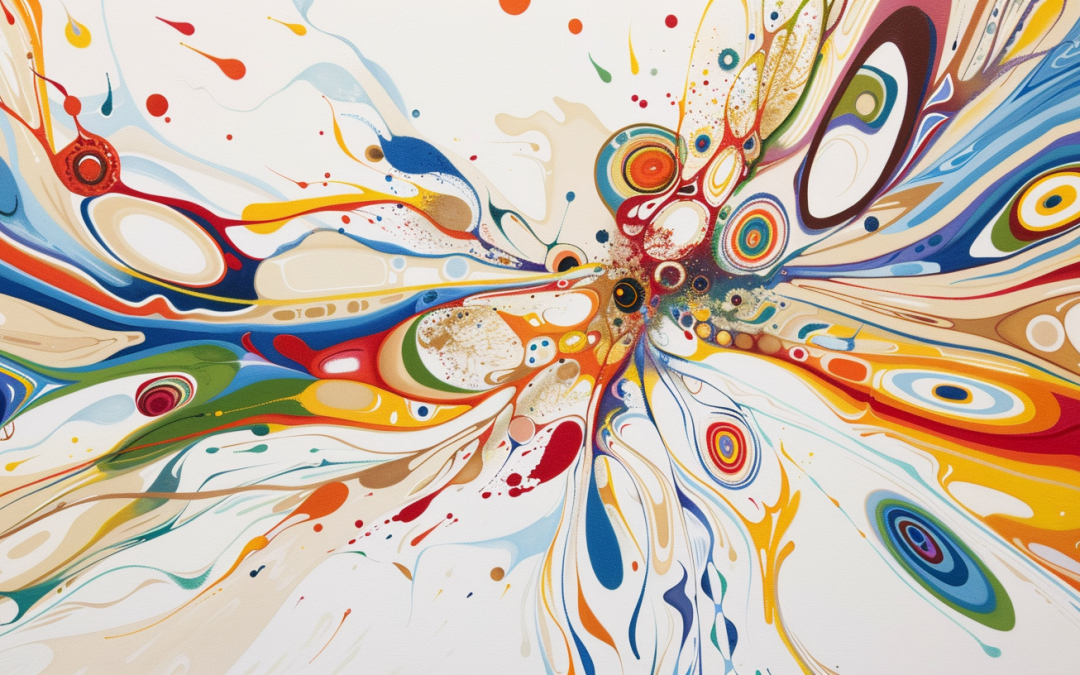
Exploring the Future Trends in Contemporary Indigenous Art: A Look at Alex Janvier’s Legacy
The art world mourns the loss of Alex Janvier, a renowned Canadian painter and pivotal champion of contemporary Indigenous art in Canada, who passed away on July 10 at the age of 89. Janvier’s vibrant abstractions and powerful use of color were not only a reflection of Canada’s history but also shed light on the historical mistreatment of First Nations. As we bid farewell to this visionary artist, it is essential to analyze the potential future trends in contemporary Indigenous art and make predictions for the industry.
1. Increased Recognition and Institutional Support
The legacy of Janvier and the Indian Group of Seven has paved the way for increased recognition and institutional support for contemporary Indigenous art. Over the years, there has been a growing acknowledgement of Indigenous art as a living, evolving field worthy of representation and exhibition within well-known galleries. Institutions such as the Canadian Museum of History have even incorporated large-scale murals by Janvier, acknowledging the enduring impact of Indigenous art in Canada.
The continued recognition and support from museums, galleries, and art institutions will be crucial in providing platforms for emerging Indigenous artists and ensuring the preservation and promotion of their work. Furthermore, institutions can play a significant role in educating the public about the rich cultural heritage and the ongoing contributions of Indigenous artists to the art world.
2. Integration of Traditional and Modern Techniques
Contemporary Indigenous artists, following in the footsteps of Janvier, will continue to explore innovative ways of integrating traditional techniques and motifs with modern artistic approaches. This synthesis of old and new allows artists to express their cultural identity while engaging with current artistic trends and concepts.
As Indigenous art becomes more prominent and recognized globally, artists will have the opportunity to experiment with various mediums, such as multimedia installations or digital art, without compromising the essence of their cultural background. This integration of traditional and modern techniques will contribute to the evolution of Indigenous art and its ability to communicate complex narratives.
3. Collaborations and Cross-Cultural Dialogue
The future of contemporary Indigenous art lies in fostering collaborations and encouraging cross-cultural dialogue. Collaborative projects between Indigenous artists and non-Indigenous artists will provide opportunities for cultural exchange and mutual understanding. Such collaborations have the potential to challenge stereotypes, bridge gaps, and create new narratives that reflect the diverse experiences and perspectives of Indigenous peoples.
Additionally, initiatives that promote the inclusion of Indigenous art in international exhibitions, art fairs, and biennales will further encourage cross-cultural dialogue and expose Indigenous art to diverse audiences worldwide. This exposure will not only increase the market demand for Indigenous art but also generate critical conversations about cultural heritage and Indigenous rights.
Predictions:
- Increased representation of Indigenous art in mainstream galleries and museums
- Growth in the market for Indigenous art, both nationally and internationally
- Collaborations between Indigenous artists and non-Indigenous artists on a global scale
- Emergence of new mediums and techniques that blend traditional and modern artistic approaches
- Continued efforts to address historical mistreatment and uplift Indigenous voices through art
Recommendations:
1. Continued Financial Support: Governments and art organizations should increase funding opportunities for Indigenous artists. Grants, scholarships, and residencies will enable artists to dedicate more time to their craft and further develop their artistic practice.
2. Education and Cultural Exchange Programs: Institutions should develop education and cultural exchange programs that promote understanding and respect for Indigenous art and culture. By organizing workshops, artist talks, and community events, institutions can facilitate cross-cultural dialogue and foster appreciation for Indigenous art.
3. Ethical Collaboration Guidelines: When engaging in collaborations between Indigenous and non-Indigenous artists, it is crucial to establish ethical guidelines to ensure respectful and mutually beneficial partnerships. These guidelines should include fair compensation, proper accreditation, and active participation of Indigenous artists throughout the project.
Conclusion
Alex Janvier’s artistic legacy serves as a reminder of the resilience, creativity, and cultural significance of Indigenous art. As contemporary Indigenous art continues to flourish, increased recognition, integration of traditional and modern techniques, and cross-cultural collaborations are key trends that will shape the industry’s future. By implementing the recommended strategies and embracing these trends, we can ensure the continued growth and recognition of Indigenous art, honoring the voices and narratives of Indigenous artists for generations to come.
References:
- Corey, E. (2021, July 10). Alex Janvier, an Indigenous artist who explored Canada’s history, dies at 89. CNN. https://www.cnn.com/style/article/alex-janvier-indigenous-artist-obituary/index.html.
- Roy, C. (2020, January 26). Contemporary Indigenous Art Today. The Met: The Metropolitan Museum of Art. https://www.metmuseum.org/blogs/now-at-the-met/features/2020/contemporary-indigenous-art-today.
- Brand, D. (2021, July 12). Alex Janvier, Pioneering Indigenous Artist, Has Died at 89. Canadian Art. https://canadianart.ca/news/alex-janvier-1935-2021/.
